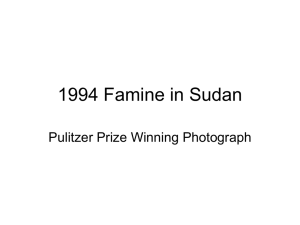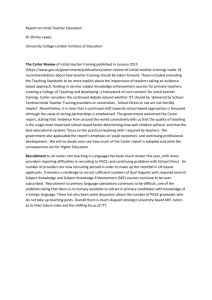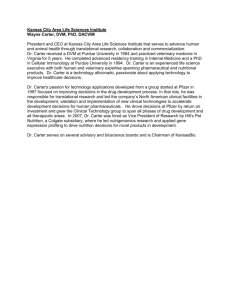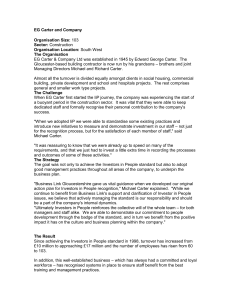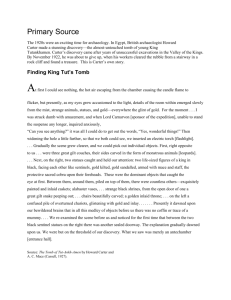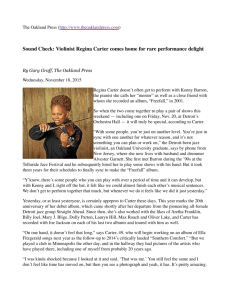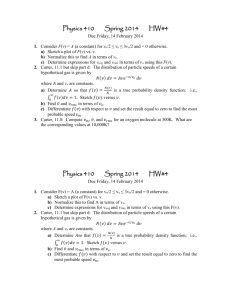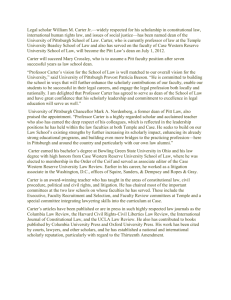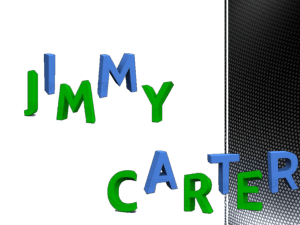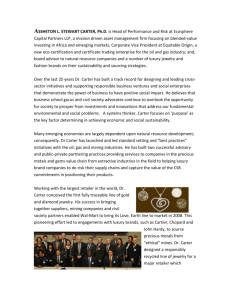Disaster_Photography
advertisement
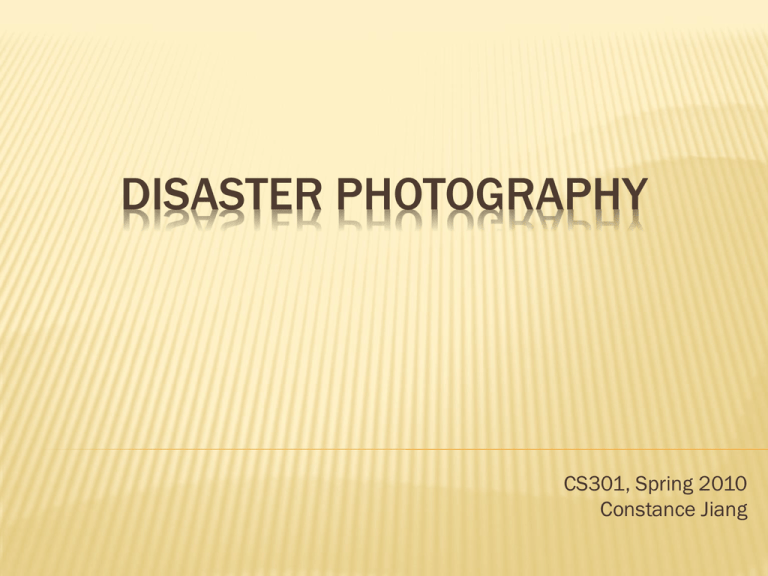
DISASTER PHOTOGRAPHY CS301, Spring 2010 Constance Jiang OVERVIEW Disaster Photography – Photojournalism during times of natural or social disaster Examples: Earthquakes (natural), war (social) Is it wrong to photograph a disaster when you could be helping instead? “…at what point do you put your camera down and help? At what point does your humanity become greater than your journalism?” – National Press Photographers Association “But everyone cannot be there, and that is why photographers go there - to show them ... The worst thing is to feel that as a photographer I am benefiting from someone else's tragedy. ” – James Nachtwey EXAMPLE: KEVIN CARTER South African photojournalist, member of the“Bang-Bang Club” Won the Pulitzer Prize for an image of a starving child watched by a vulture that raised awareness and helped relief efforts in Sudan Came under heavy criticism for photographing instead of helping the child CONSEQUENTIALISM What benefits the most people? Carter’s photo increased awareness of the famine in Sudan and caused many to donate. If Carter had been a relief worker instead of a photojournalist, the number of people he would have helped most likely would not equal the number of people who received supplies due to donations from those moved by his photo. From a utilitarian standpoint, taking the photo was the right thing to do because Carter was able to help more people. DEONTOLOGY What do the moral laws or codes dictate in this situation? There are no laws that can be applied to Carter’s situation. However, as a photojournalist, Carter was expected to take photos to document the situation. VIRTUE THEORY What would a virtuous person do? A virtuous person would help as a rescue worker rather than be a photographer. CONCLUSIONS Utilitarian: Taking the photo benefits the most people. Deontological: There is no law dictating the appropriate action, however, as a photojournalist, it is Carter’s duty to document the situation. Virtue Theory: A virtuous person would help the child in need.
